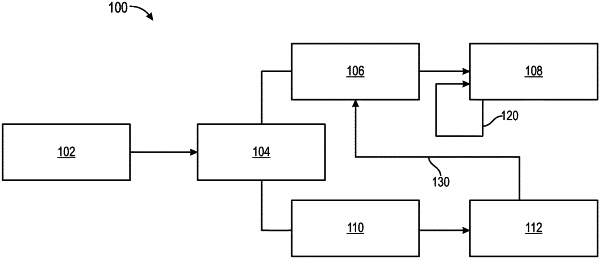| CPC C07C 5/2705 (2013.01) [B01J 21/066 (2013.01); B01J 23/002 (2013.01); B01J 23/30 (2013.01); C07C 2521/06 (2013.01); C07C 2523/30 (2013.01)] | 9 Claims |

|
1. A method comprising:
providing a first bifunctional mixed metal oxide catalyst comprising a first bifunctional mixed metal oxide impregnated with noble metal, the first bifunctional mixed metal oxide catalyst comprising about 40 wt. % to about 70 wt. % zirconium, a first amount of tungsten, and about 0.01 wt. % to about 5 wt. % variable oxidation state metal, each based on total mass of the mixed metal oxide;
providing a second bifunctional mixed metal oxide catalyst comprising a bifunctional mixed metal oxide impregnated with a noble metal, the second bifunctional mixed metal oxide catalyst comprising a second amount of tungsten, the first amount of tungsten, relative to a weight of the first bifunctional mixed metal catalyst, being higher than the second amount of tungsten relative to a weight of the second bifunctional mixed metal catalyst,
wherein the second bifunctional mixed metal oxide catalyst comprises about 40 wt. % to about 70 wt. % zirconium and about 0.01 wt. % to about 5 wt. % variable oxidation state metal, each based on total mass of the bifunctional mixed metal oxide, and an amount of tungsten effective to isomerize n-heptane to one or more branched paraffins at about 70% to about 80% conversion under isomerization reaction conditions with a selectivity ratio of conversion to cracking for n-heptane of about 11 or greater;
sequentially contacting the first bifunctional mixed metal oxide catalyst and the second bifunctional mixed metal oxide catalyst under the isomerization reaction conditions with a feed mixture comprising at least one C7+ normal paraffin; and
obtaining one or more branched paraffins formed from the at least one C7+ normal paraffin under the isomerization reaction conditions.
|